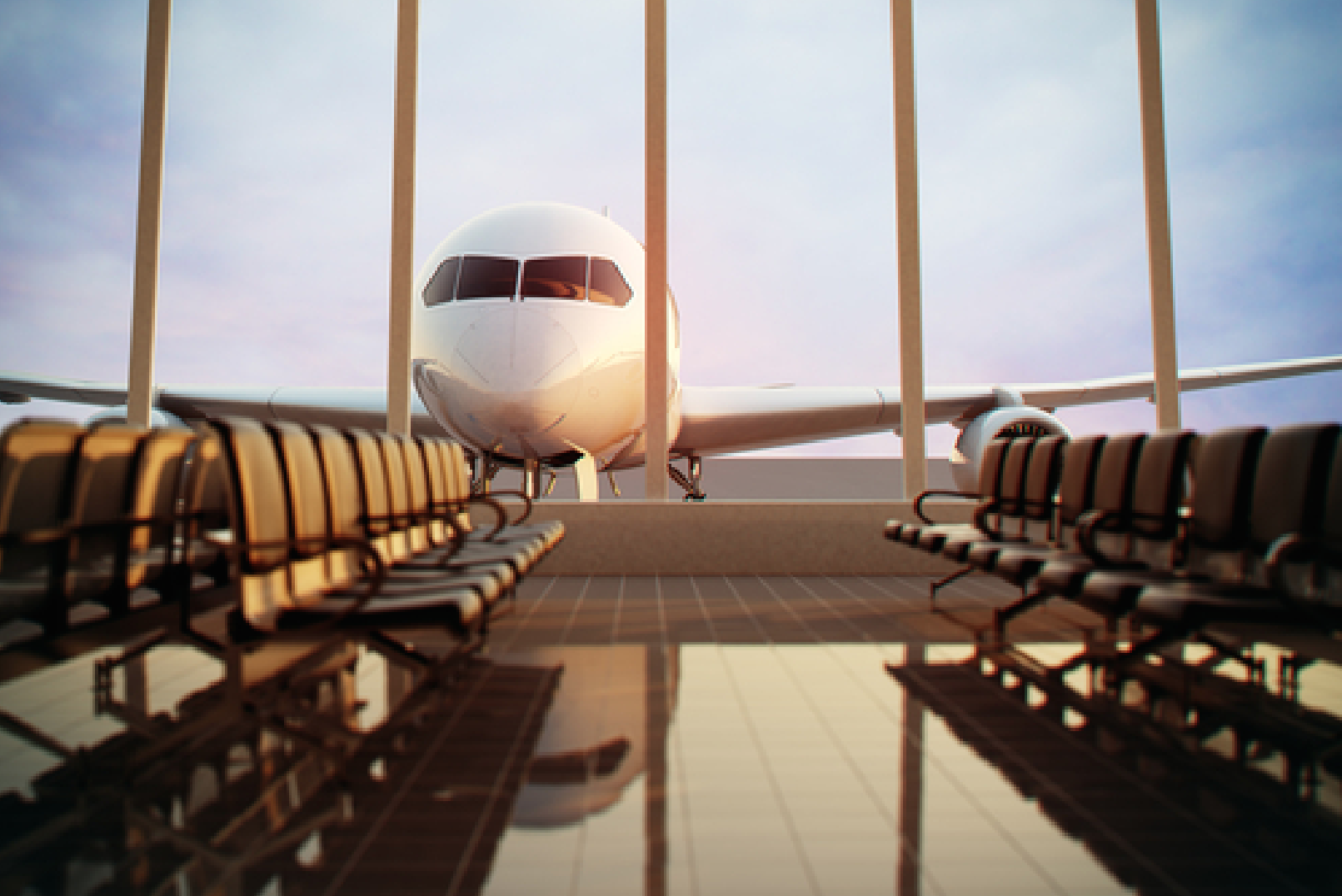
Every flight into every airport affects travelers and cargo in other airports. We see it every time a blizzard in Chicago bogs people down for a thousand miles in every direction. That’s why it’s so essential for airports and airlines to have the right tools to maintain a steady flow of travelers, luggage and cargo.
Two-way radios are ideal for airports because they sprawl over large, well-defined areas, and airport workers need radios programmed to avoid interference with vital signals between the tower and pilots landing jetliners.
Analog radios have worked fine for generations of ground crews, baggage handlers and security personnel, but the increasingly sophisticated communication needs of today’s airports make
digital two-way radios much more attractive. Portable radios that use digital technology can become important links in a communication chain that includes:
- RFID tags to track baggage and cargo
- Video surveillance cameras to monitor threats and address emergencies
- A digital command center that coordinates the use of all these assets along with digital radios.
These kinds of complex communication challenges are exactly why airports and airlines call in experts like BearCom. We routinely recommend the MOTOTRBO line of digital two-way radios from Motorola Solutions because it was designed specifically to dovetail all these tools into a network that covers nearly every conceivable communication need in an environment like a commercial airport.
Motorola Solutions develops tools for manufacturers, shippers and warehouse operators that let them track inventory in real time. This same technology readily adapts to the needs of airports and airlines moving large numbers of people and packages.
The company also partners with other hardware and software vendors to develop wireless communication applications that are precisely adapted to specific needs of businesses, government agencies and private individuals the world over.
The digital advantage
Digital communication devices, whether they are radios or handheld inventory-tracking devices, transmit packets of data that travel via IP, or Internet protocol, networks. A digital two-way radio is, in effect, a computing device generating digital data that can be optimized to improve voice quality and analyzed to help remove inefficiencies, boosting work flows and profitability.
Digital two-way radios also have built-in encryption capability, and they provide clearer voice signals to the edge of their range, unlike analog signals that become noisier as radios move farther apart from each other. Digital voice signals also can be transmitted over the Internet, providing essentially global range to a handheld radio.
Rapid advances in microprocessors are allowing manufacturers to pack more and more features into their digital radios. The MOTOTRBO difference is that it allows all radios to be integrated into an organization’s IP infrastructure, and provides technology to coordinate all of its communication tools. Two notable examples:
- Air Algérie, Algeria’s first national airline, operates flights to nearly 80 airports in Africa, the Middle East, Europe, Canada and China. Air Algérie uses IP Site Connect, a MOTOTRBO software package that links the airline’s regional and international offices via a standard IP network, enabling real-time communications between people thousands of miles apart.
- McCarran International Airport in Las Vegas uses Motorola RFID technology to track bags through the airport’s explosive-detection system. Tracking also helps prevent lost baggage and improves customer service. MOTOTRBO technology ensures the entire radio network is constantly apprized of any changes or threats.
Pulling it all together
Airports and airlines face a host of challenges, from mechanical breakdowns to zealots bent on spreading chaos. Real-time communication tools like digital two-way radios and
video surveillance cameras are among the best tools for confronting these threats because they allow people to pool their efforts and send help immediately to where it’s needed most.
But it’s not enough to have great tools. They have to be coordinated in a way that does the most good (or prevents the most harm). That’s where the MOTOTRBO line really stands out.

MOTOROLA, MOTOROLA SOLUTIONS and the Stylized M Logo are trademarks or registered trademarks of Motorola Trademark Holdings, LLC and are used under license. All other trademarks are the property of their respective owners. ©2015 Motorola Solutions, Inc. All rights reserved.
 Every flight into every airport affects travelers and cargo in other airports. We see it every time a blizzard in Chicago bogs people down for a thousand miles in every direction. That’s why it’s so essential for airports and airlines to have the right tools to maintain a steady flow of travelers, luggage and cargo. Two-way radios are ideal for airports because they sprawl over large, well-defined areas, and airport workers need radios programmed to avoid interference with vital signals between the tower and pilots landing jetliners.
Analog radios have worked fine for generations of ground crews, baggage handlers and security personnel, but the increasingly sophisticated communication needs of today’s airports make digital two-way radios much more attractive. Portable radios that use digital technology can become important links in a communication chain that includes:
Every flight into every airport affects travelers and cargo in other airports. We see it every time a blizzard in Chicago bogs people down for a thousand miles in every direction. That’s why it’s so essential for airports and airlines to have the right tools to maintain a steady flow of travelers, luggage and cargo. Two-way radios are ideal for airports because they sprawl over large, well-defined areas, and airport workers need radios programmed to avoid interference with vital signals between the tower and pilots landing jetliners.
Analog radios have worked fine for generations of ground crews, baggage handlers and security personnel, but the increasingly sophisticated communication needs of today’s airports make digital two-way radios much more attractive. Portable radios that use digital technology can become important links in a communication chain that includes:
 MOTOROLA, MOTOROLA SOLUTIONS and the Stylized M Logo are trademarks or registered trademarks of Motorola Trademark Holdings, LLC and are used under license. All other trademarks are the property of their respective owners. ©2015 Motorola Solutions, Inc. All rights reserved.
MOTOROLA, MOTOROLA SOLUTIONS and the Stylized M Logo are trademarks or registered trademarks of Motorola Trademark Holdings, LLC and are used under license. All other trademarks are the property of their respective owners. ©2015 Motorola Solutions, Inc. All rights reserved.




